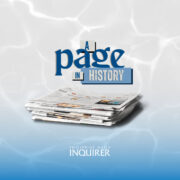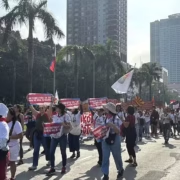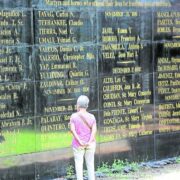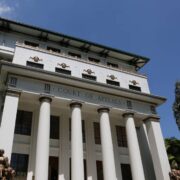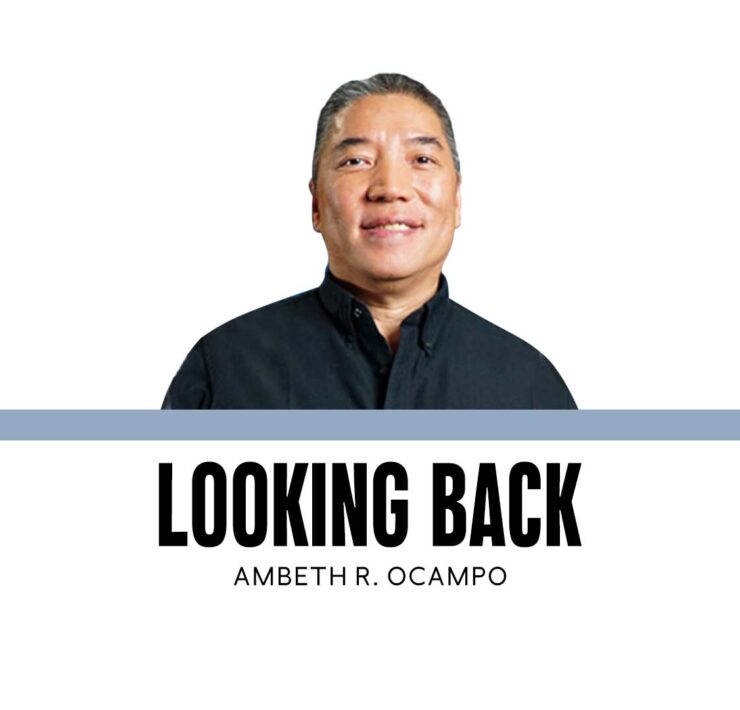AI and the future of history
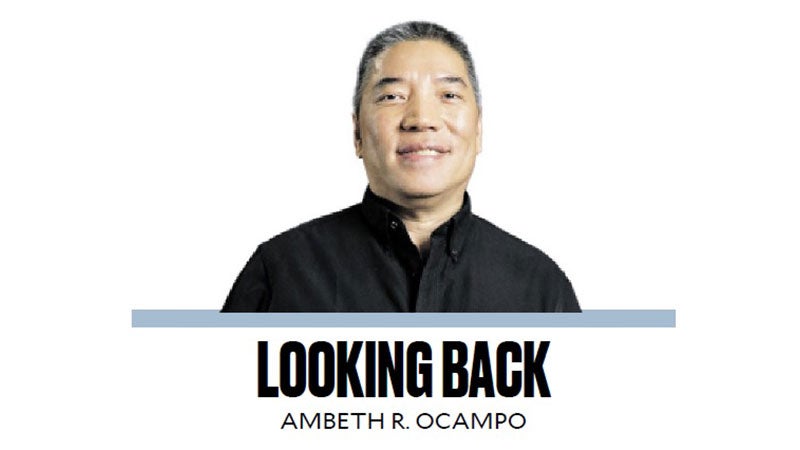
While plagiarism is easier to do these days, the internet also makes it easier to detect. All a teacher needs to do is to drop a chunk of a suspect student essay into Google and it will match to the source. Universities subscribe to apps like Turnitin that automatically check for plagiarized texts. Turnitin provides a percentage of plagiarized text in a submission. So far so good, but can students skirt Turnitin by translating text from the original English to Filipino? Will the app detect stolen ideas set in another language? Some plagiarists defend themselves by invoking “translation is creation.”
The greater challenge today isn’t plagiarism anymore but detecting submissions written with AI or artificial intelligence. I have no problem with AI like Spellcheck or Grammarly, but what about texts written wholly by ChatGPT? Since last year, I have noticed a marked improvement in student submissions. Essays are more polished, use a lot of adjectives, and deploy sentence constructions unusual for freshmen. So instead of focusing on style and content in class compositions as I used to, I find myself busier now trying to catch plagiarism and the use of AI. Things have come to a head such that some teachers admit they find it absolutely refreshing to go over a shoddy paper littered with spelling and grammatical errors. AI is not designed to simulate bad writing.
When I was in school, in the last century, the teacher was the fountain of knowledge. We hung on over every word spoken, diligently taking down notes on a physical notebook. Today, students take photos of the blackboard or screen. Note-taking is seen as Jurassic, almost extinct. Smartphones can also record, transcribe, and summarize a classroom lecture. AI can summarize assigned texts and even provide commentary. So going to the library to read and research is old hat. Instead of the study or recreation hall, students now choose the library as a social space for group study, conversation, or naps in between classes.
In my class on History from Primary Sources, I expose my students to different types of materials impervious to AI at the moment. After digging up the newspapers on the day they were born in the library, their next assignment is to read, transcribe, translate, summarize, and analyze 19th-century notarial documents in Tagalog. An audible groan emanated from the students as soon as they saw the archival document on their phones and tablets. How do I read this? was the refrain, so I replied, try it out first before complaining.
Students are so used to texts on their phones and tablets, they find it difficult to read cursive. Apropos of this, I also notice that many students struggle with pen and paper tests. It seems their eye and motor skills are rusty. These require service through use and practice.
Some of these documents are written on “papel sellado” or notarial paper complete with documentary stamps printed at the top of the page with value or amount. Other documents begin with a handwritten prayer or the names of “Jesus, Maria y Jose” from which the old exclamation “Susmariosep!” originated. In other documents, the heading had what was known to a previous generation as a pious “ejaculation” that reads “Ave Maria Purisima Sin Pecado Consevida (sic)” (Hail Mary Most pure, conceived without sin).
Dates are quite tricky when read by sight, so I advised the students to read the document aloud to the group to make sense of the text. Reading orally helped decipher the text. For example, “ngayon icadalauang puot isa ng Buan Sitbre San livo walong daan siam napuong taon” (now 21 Sept. 1890). Orthography of course is different. Instead of writing Ako (I) as we do in the 21st century they would write the same as “Aco’I” or instead of “asawa” (spouse) with a “w” it will be written out “asaua.” After transcribing, I told them to rewrite the text in 21st-century Filipino because Google Translate will go haywire with old Tagalog.
I listened to a group with a document that opened with:
“Acoy si Lorenzo de Villanueva casing isang catauan ni Dionicia Neverza mga taung tunay cami sa bayang S. Miguel de Mayumo sacop ng Provincia mg Bulacan, sa fecha nitoi acoi nag pagauat omutorgas nitong resivo sucat pagcaquilalanan tongcol sa aquing quinuhang cuarta sa magasuang D(on) Adriano Sanchez… (I, Lorenzo de Villanueva, of one body with Dionicia Neverza, residents of the town of San Miguel de Mayumo, under the jurisdiction of the Province of Bulacan. On this date I made a receipt as proof that I received money from the couple Mr. Adriano Sanchez…)”
What is “casing isang catauan?” A student put his two fingers together, prompting another to say, “They are together.” Then someone exclaimed, “They are a couple … they are married!” Struggling with the badly written “Dionicia” I asked, “What’s the name of Pacquiao’s mother?” To which they all answered: Dionisia! This exercise is useless in the modern world, but learning how to read and think through archival documents gave them a sense of how I do my work. Seeing the light flash in their eyes was precious. AI cannot generate that.
—————-
Comments are welcome at aocampo@ateneo.edu
Ambeth is a Public Historian whose research covers 19th century Philippines: its art, culture, and the people who figure in the birth of the nation. Professor and former Chair, Department of History, Ateneo de Manila University, he writes a widely-read editorial page column for the Philippine Daily Inquirer, and has published over 30 books—the most recent being: Martial Law: Looking Back 15 (Anvil, 2021) and Yaman: History and Heritage in Philippine Money (Bangko Sentral ng Pilipinas, 2021).

